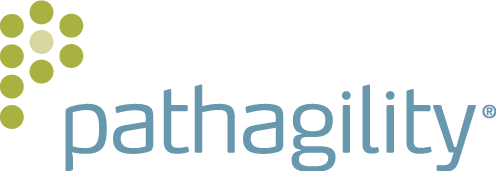As a lab executive, we don’t need to tell you how much the lab has changed over the last years. Every day, more and more tests are introduced, and innovation both in tests and technology is increasing at a daily rate. Innovative and start-up labs have new testing instruments and have optimized layouts and workflows of the tests. But now, labs realize more than ever that they need to advance in the way they use their LIMS and reporting tools in order to stay competitive.
What will labs of the future have to innovate on in order to stay relevant – and even competitive?
- Cost and speed to market – In the future, labs will not only deliver test results, but will need to see historical data through intuitive reporting information and proactively report on case types, trends, and demographics in order to stay competitive and relevant.
- Adapting to needs – Labs will evolve to paperless and web-enabled working; in moving to a cloud-based system, innovative labs will have a chance to map out new processes to enable lab staff to focus on their most important priorities.
- Efficiency in the lab – Innovative labs will need complete visibility and improved communication across their workflows and processes. If they’re currently using multiple systems independently, they will need to consolidate or integrate their technology to allow for greater efficiency and communication across all technology.
- Customizable reporting – Lab executives will need technology that allows them to easily interpret data from existing EMRs, LIMS, billing systems, lab instruments, and middleware systems.
Labs no longer serve just physicians or hospitals according to Medical Laboratory Observer; sometimes the patient is the direct customer, with the advent of and increase in specialized tests. Because of the increased demands on labs both in the types of tests they must conduct as well as the speed in which they must conduct the testing, reporting technology is now a fundamental component in any type of lab – especially those that wish to stay competitive in the future.
Whether private or commercial, large or small, a single facility or part of a large, regional network, a lab’s reporting technology should be the hub for everything from patient demographics, to full historical data, lab and test trends, and overall analysis. And, this technology should be able to do rules-based and intelligent reporting based upon any number of factors across different disciplines.
Looking for a partner to help your lab build out sophisticated reporting technology to meet your unique needs? Check out a 30-minute demo of Pathagility and see our reporting technology in action.

